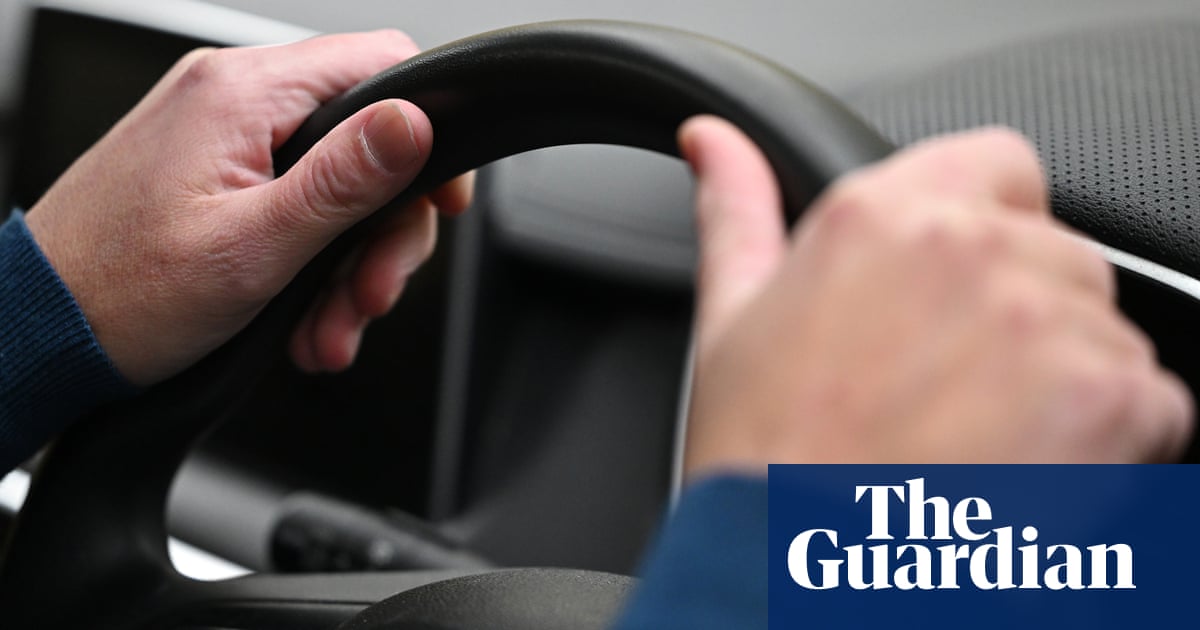ManyUberdrivers are earning “substantially less” an hour since the ride hailing app introduced a “dynamic pricing” algorithm in 2023 that coincided with the company taking a significantly higher share of fares, research has revealed.
The findings are in a study released on Thursday by academics at the University of Oxford. They analysed data provided by 258 UK Uber drivers responsible for 1.5m trips.
Having initially taken a fixed 20% cut of the UK fares charged, which subsequently rose to 25%, Uber introduced dynamic pricing in 2023, an algorithm that variably sets pay for drivers and fares for passengers. It is a later iteration of Uber’s “surge pricing” that increased fares during periods of peak demand.
Uber is now claiming a cut, or “take rate”, of 29% of a fare, rising to more than 50% in some cases, the researchers found.
Unions criticised the movewhen it was made in 2023, claiming there was no transparency and that the technology “could push down working conditions by targeting drivers based on their willingness and ability to accept lower fares”.
The Oxford research said: “Post-dynamic pricing, Uber’s passengers now pay higher prices, but the drivers are not better off.”
The paper, which was published in partnership with the non-profit gig worker organisation Worker Info Exchange (WIE), concluded: “Our findings suggest that post-dynamic pricing, many aspects of Uber drivers’ jobs have gotten worse. Average pay per hour on the app is stagnant, and is lower in real terms in the year following the introduction of dynamic pricing.
“Uber’s median take rate per driver has increased from 25% to 29%, and on some trips the take rate is over 50%. Furthermore, the higher take rates are concentrated among higher-fare trips, which explains how Uber can extract an additional 38% [income] from its driver’s labour on average … Many drivers are earning substantially less per hour.”
The findings follow a series of controversies to have engulfed the technology firm, including a2021 UK supreme court rulingthat Uber drivers are entitled to the minimum wage and paid holidays, as well as the 2022 release ofthe Uber files, a global investigation that revealed how the company duped police and regulators, and secretly lobbied governments across the world.
After the release of the Uber files,Jill Hazelbaker, Uber’s senior vice-president of public affairs, said: “We have not and will not make excuses for past behaviour that is clearly not in line with our present values. Instead, we ask the public to judge us by what we’ve done over the last five years and what we will do in the years to come.”
The Oxford research added that drivers’ average hourly pay was £29.46, using an Uber definition, or £15.98 if counting waiting time when they made themselves available to pick up passengers. Neither average takes into account costs including vehicle maintenance, insurance or fuel.
Sign up toBusiness Today
Get set for the working day – we'll point you to all the business news and analysis you need every morning
after newsletter promotion
Uber said it did “not recognise the figures in this report”, adding: “Every driver is guaranteed to earn at least the national living wage.”
One interviewee in the study said it was only when passengers volunteered the fares they paid in conversations with drivers that “you discover they [Uber] are robbing us and the customer”.
An Uber spokesperson said: “Uber drivers in the UK took home over £1bn in earnings between January and March of this year, which is up on the year before. Drivers choose to drive with Uber because we offer total flexibility on when they work and provide full transparency over the trips they accept.
“All drivers receive a weekly summary of their earnings, which includes a clear breakdown of what Uber and the driver received from trips. We are proud that thousands of drivers continue to make the positive choice to work on Uber as passenger demand and trips continue to grow.”
